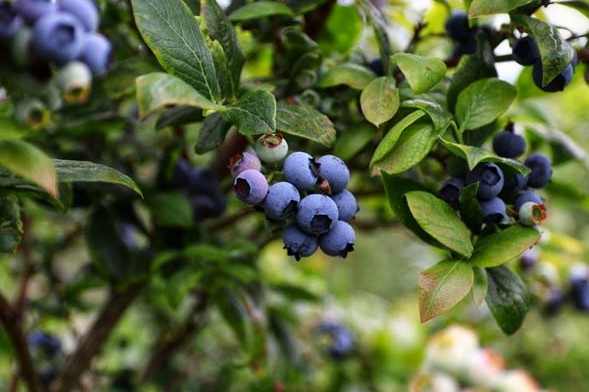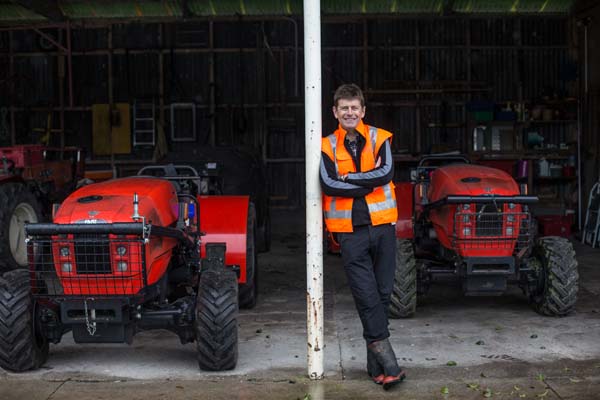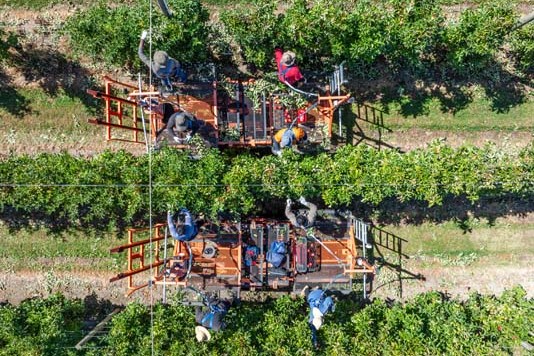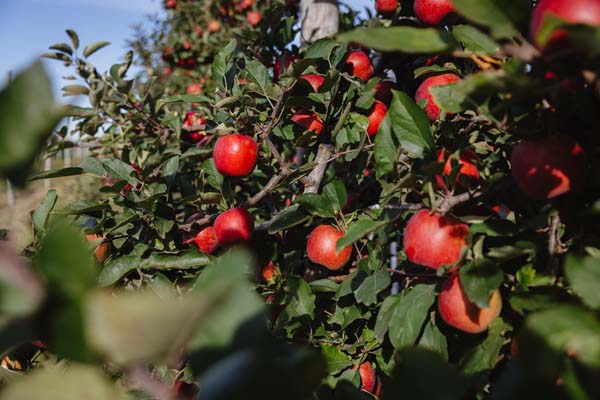A shrinking dairy herd and the end of live cattle exports is likely to bring an end to record dairy cow values. By Elaine Fisher.
FEWER NEW DAIRY FARM conversions and the ban on live exports, which comes into force in April next year, are predicted to result in a drop in dairy cow values.
Greg Collins, founder of Progressive Livestock of Timaru, says despite the fact that current prices are up, his gut feeling is that values could drop by $200 to $300 a head.
“Cow prices are now as high as they have been in the last five to six years,” he says.
“In the past two years dairy cow prices have been not far away from record prices. The selling season to the end of June this year saw an increase from last year in cow prices of $100 to $200. In-calf heifers increased by $100, and the yearling value increased by $50. This was on the back of increases the year before.”
Greg doesn’t see those prices holding. “Supply and demand are a stronger factor than milk price in influencing cow prices. In the past three to four years between 120,000 and 150,000 dairy heifers have been sent offshore each year, but once that stops it will have a big impact on demand for cows so prices will drop.
“There has also been a big slowdown in dairy conversions in the past two years. At the peak of conversions, cows were selling for around $2500 each. Now overall, the dairy herd is shrinking in numbers.”
Despite his predictions of a drop in the value of dairy cows, Greg remains optimistic about the future of the dairy industry and in pathways to farm ownership for sharemilkers.
“For farmers who take the long-term view, there are still pathways to ownership, and I thoroughly endorse the dairy industry as a great one to invest in. However, the brutal facts are that challenges are looming.”
Farm systems specialist for DairyNZ Paul Bird agrees the future is not all gloom and doom. His advice to sharemilkers feeling nervous about the possible drop in cow values and how
that may impact on their equity, is to take the long-term view.
“No doubt if someone is just starting out and only has, say, a three-year timeline to sell a herd, then the risks of selling for less than the purchase price go way up. Like the share market, it’s too hard to predict what will happen in the short term. However, for those who are looking at a 10-year horizon, volatility is less important.”
A longer timeframe also brings the chance to improve herd performance and production. “There is the opportunity to improve breeding worth which will be reflected in the value of cows.”
The dairy industry is a good business to be in, he says.
“In the last few years, the return on assets for 50/50 sharemilkers has been around 10%. The figures jump around a bit but overall are well above a 10% return which is a good business to be in with the numbers to back it up.
“The 10-year average for 50/50 sharemilker return on assets was 11.8%. Most seasons the return has been above 10% with only one year producing a negative return of -6.5% return. The last two seasons the return has been between 18% and 19%.”
Paul says banks understand the volatility and generally take a conservative position when lending on livestock.
“New Zealand is one of the few countries in the world where banks will take animals as security for a loan, which is one of the reasons the sharemilking pathway to farm ownership works so well here.”
Decisions around farm ownership can come with sacrifices, including buying a smaller, more isolated property on marginal land as a step towards the ultimate dairy farm. Equity partnerships are another option, he says.
Despite its volatility and some uncertainty around future trends, Paul says excellent opportunities exist within dairying right now.
Coral Phillips, a former dairy farmer and now chartered accountant and director of long-established Waikato rural accounting firm CooperAitken, says the traditional pathway to farm ownership, for 50/50 sharemilkers relying on herd equity, is getting harder.
“At CooperAitken, we have been tracking stock prices with payout since the 1980s, using the Herd Scheme values and Fonterra payout. In the past, stock prices followed the payout, but this has changed in the last few years.
“Demand for stock has decreased as stocking rates are decreasing due to environmental and regulatory pressures. In the past, South Island dairy conversions and the China live export trade pushed up prices, but that influence has gone now.”
If cow prices drop, it could make it easier for sharemilkers to buy more cows. However, Coral says the traditional method of selling off cows to raise the deposit for a farm is no longer easy to achieve because land prices have increased so much more in comparison to stock values.
“Some sharemilkers still do it, but it is pretty hard. They have to be totally focused, absolutely driven to every last cent and prepared to sacrifice a lot to get there. Now they are needing to find alternate means of getting the equity the banks require.
“Occasionally an existing owner is prepared to sell to their existing sharemilker, and will give a leg up to do it. This could be in the form of vendor finance.”
Equity partnerships are another pathway to ownership, which Coral says appears to be increasing in popularity due to the ability to build more equity. “Not only will they own the cows, but they have an opportunity to buy into the farm operation on a percentage basis.”
But Coral says these need to be entered into carefully, as they can be fraught with problems. “Traditionally people go farming because they want to do their own thing and be autonomous in their decision-making. An equity partnership requires a different mind-set.
“Due diligence is vital, and the partners need to be aligned in their goals. There needs to be regular management reporting and good communication. If all goes wrong, exiting can be quite difficult if this hasn’t been well thought out and legally documented in the beginning.”
Selling cows to buy urban real estate is another method some farmers use to increase equity towards farm ownership Coral says. However, the cost of the Brightline tax needs to be taken into account.
Whatever aspect of the dairy industry people are involved in, from contract milking to sharemilking to farm ownership, Coral says surrounding themselves with trusted professionals, including rural accountants, is important.
“At CooperAitken, we are a large rural firm with a lot of farming clients at all levels and we are constantly communicating with banks and lawyers, so we know what banks are thinking and use that knowledge to help our clients.
“We believe in working as a team with our clients. I prefer not to be an accountant who just does the annual accounts at the end of the year.
“It is much better if we work with clients through the year, including budgeting, doing the GST and regular reporting which keeps everything up to date. That way we have an open communication channel and clients are more likely to bounce ideas off us. This makes it easier for us to help, and if necessary, bring in other advisors to assist.”
Coral says every farming situation is different. Those sharemilkers who have family support behind them, such as the ability to act as guarantors or a succession plan to ownership of the family farm, the situation is easier than for those going it alone.
“The trick is to think outside the square and be open to alternate ways to build the required equity.”





